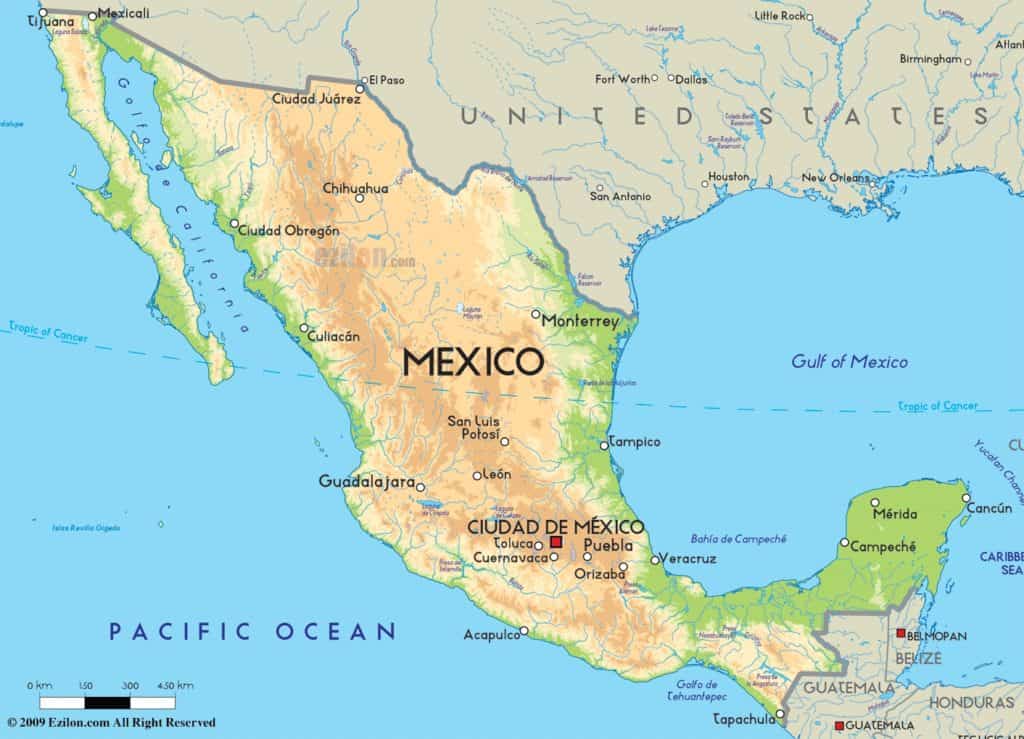Some patients from Houston elect to go to nearby Mexico for weight loss surgery for various reasons. Some have no medical insurance while others have very high deductibles. Affordable weight loss and cosmetic surgery packages are offered in several cities like Cancun and Tijuana. Patients can have a small vacation and come back to Houston with a gastric sleeve or tummy tuck.
Some are very lucky and receive quality surgery with fast recovery and no complications. Others, unfortunately, are hurt. Over the past one year, I have seen several gastric sleeve related complications particularly when performed in Mexico and mainly related to post operative acid reflux. Some have narrowing of the gastric lumen mainly at the level of the incisura angularis while others have a retained gastric fundus. A good number have a large hiatal hernia that is left unrepaired at the time of sleeve surgery. I am sure that many foreign bariatric surgeons are quite knowledgeable and skillful. Some, however, are unfortunately unqualified and Houstonians are falling victims.
Gastric sleeve surgery is one of the least challenging weight loss procedures to perform. Sometimes one may encounter a difficult case but overall the technique is simple and straightforward. The outcomes are easily reproduced when certain aspects of the surgery are taken into consideration. First, the gastric fundus must be completely mobilized and resected. Failure to do so results in poor weight loss and post-operative acid reflux. Second, the incisura angularis must not be narrowed. Failure to do so, results in vomiting, food regurgitation, severe acid reflux and possible staple line leak. Third, a large hiatal hernia must be repaired at the time of surgery. Obviously, a small indentation in the hiatus can be left alone. However, patients with a short intra-abdominal esophagus and GERD related symptoms upon presentation must be closely evaluated. A hiatal hernia in this setting ought to be fixed to prevent post-operative acid reflux. Finally, a corkscrew or twisted gastric sleeve can cause reflux. Every effort must be made to contour the staple line to prevent jagged edges that serve as reflux points.
The problem with de novo acid reflux following gastric sleeve surgery is not only limited to the immediate postoperative period. De novo reflux may surface years down the road. A study by Himpens et al. revealed a biphasic pattern in the symptoms of GERD during longer-term follow-up. In a subgroup of 30 patients followed-up for 6 years after LSG, GERD complaints were present in 23% of patients. Previously, this group of patients demonstrated a 22% GERD incidence at 1 year and then an incidence decrease to 3% at 3 years. The investigators commented that the development of a neofundus and a “relative mid-stomach stenosis” in gastric sleeve patients at long-term follow-up contributed to increased acid production and might explain the increased incidence of GERD. This is a fascinating theory that further supports our effort at keeping the incisura angularis as wide as possible while completely resecting the gastric fundus. Complete gastric fundus resection is key to gastric sleeve surgery. It allows for improved weight loss while preventing post-operative acid reflux. Neofundus formation may be inevitable with time but one thing for sure; complete gastric fundus resection will significantly limit the size and likelihood of neofundus development.
In a future blog I will discuss my take on gastric sleeve surgery as a mutilating procedure and what alternatives I came up with to replace the gastric sleeve.

